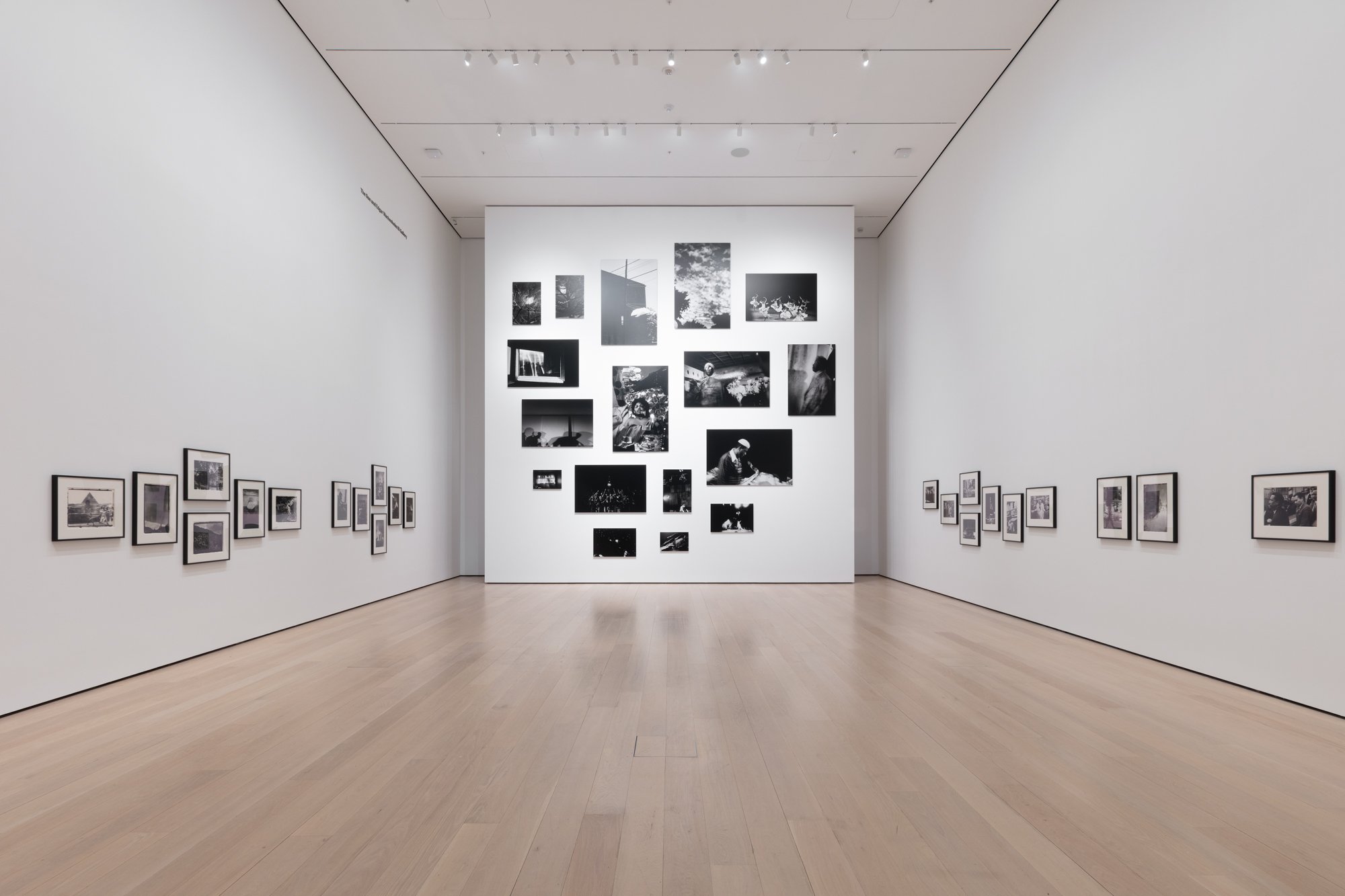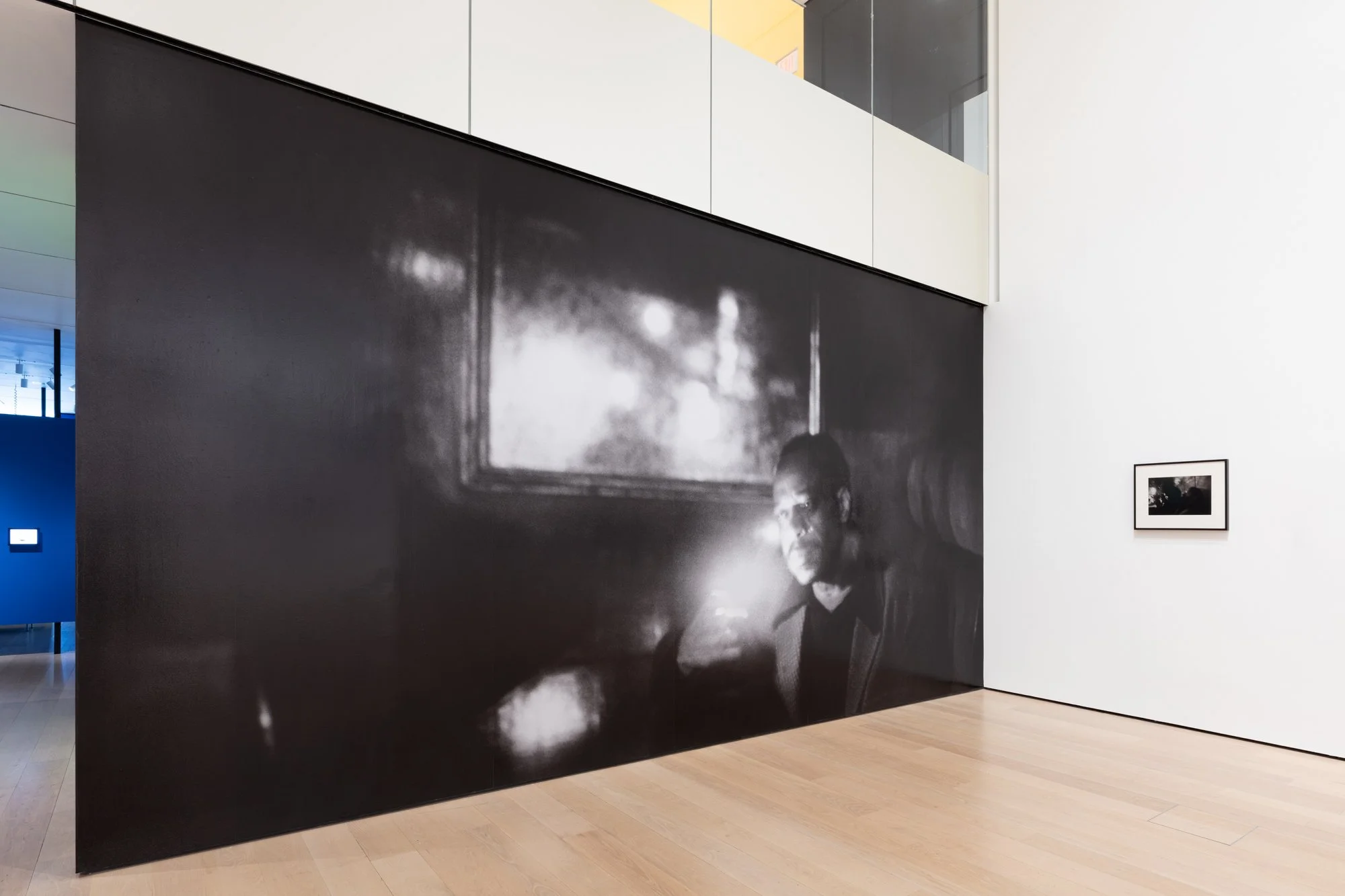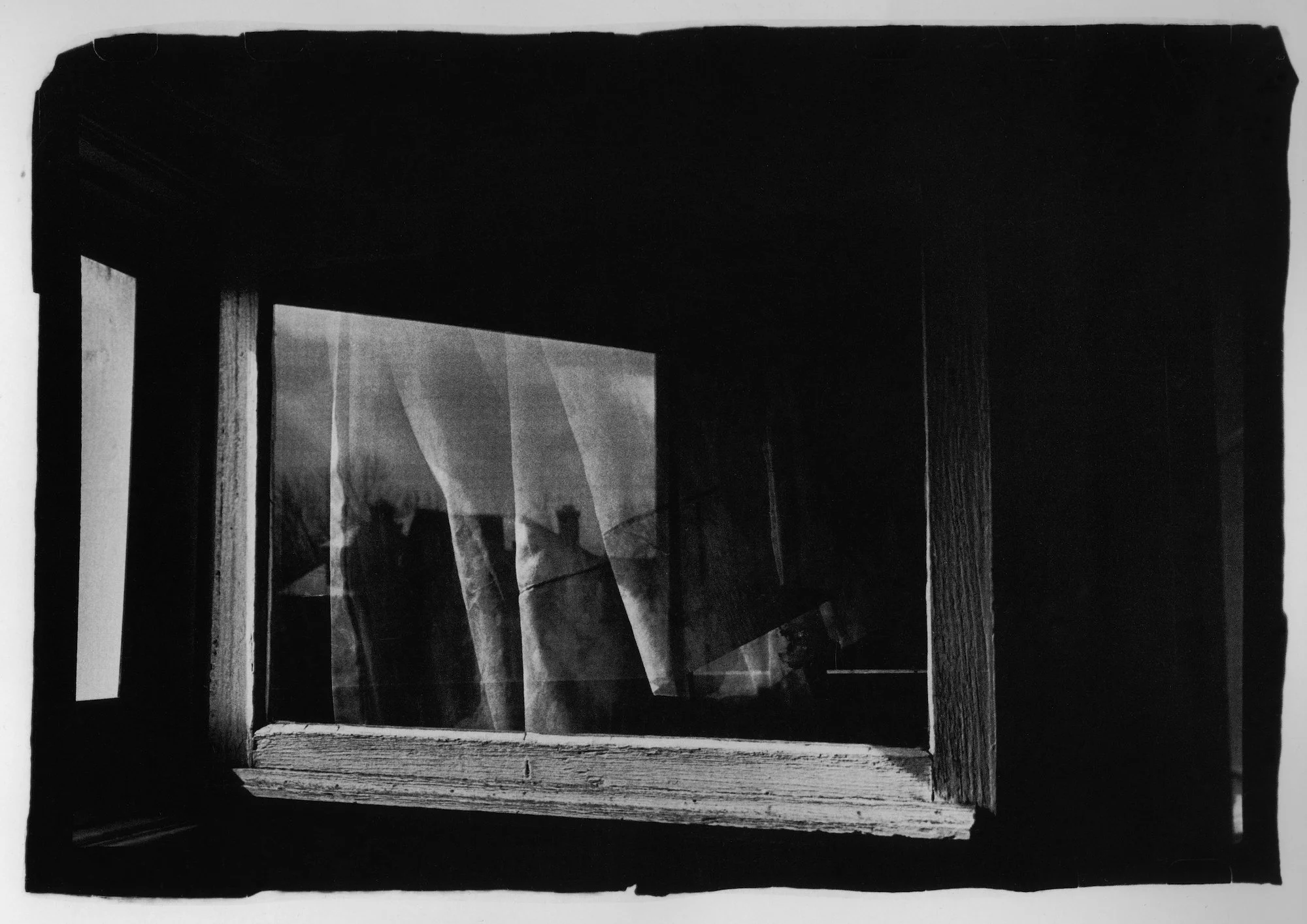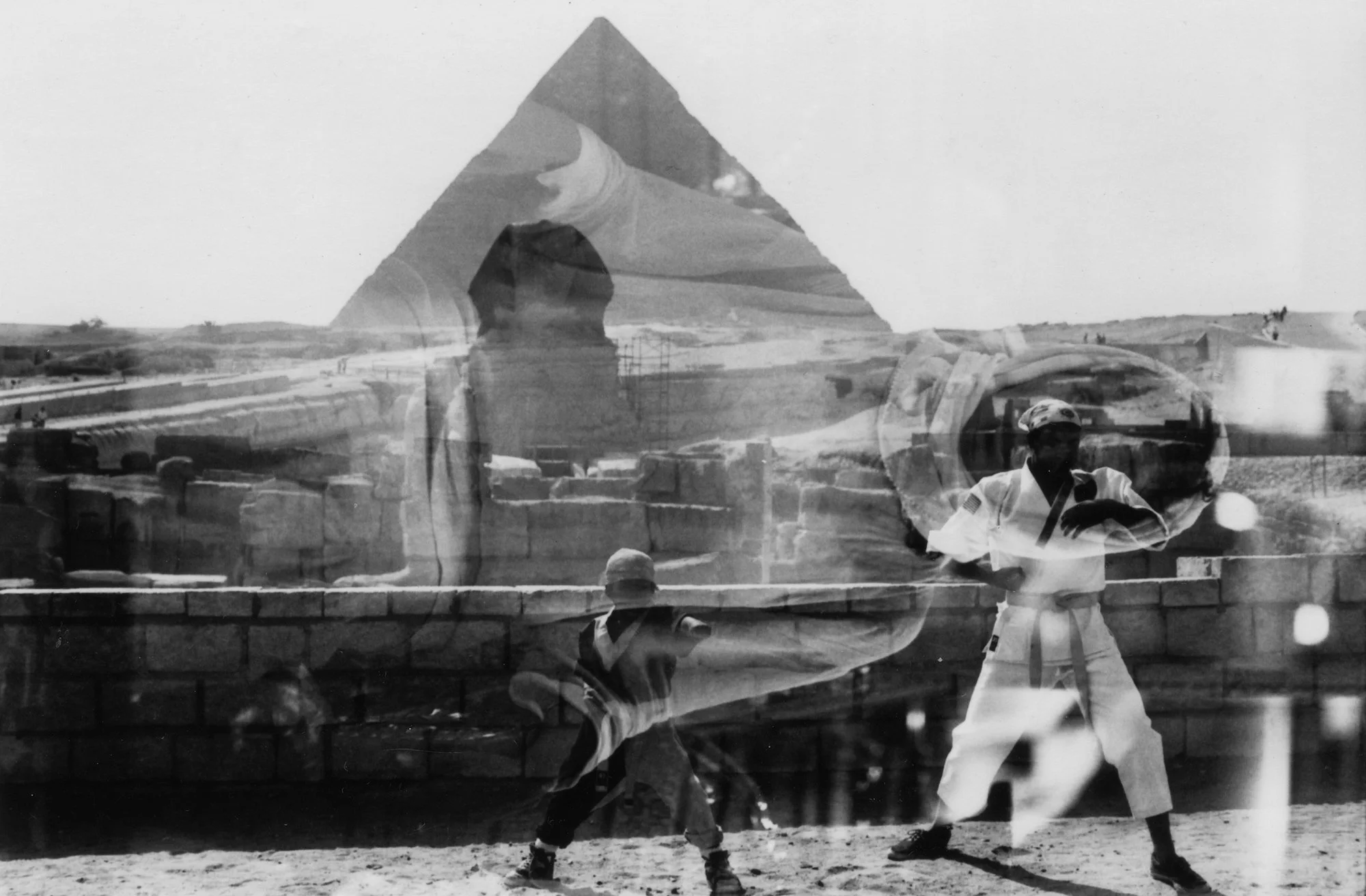Exhibition Review: MoMA | Projects: Ming Smith
Installation view of Projects: Ming Smith, Photo: Robert Gerhardt. Courtesy of The Museum of Modern Art, New York
Written by Max Wiener
Photo Edited by Billy Chen
Copy Edited by Kee’nan Haggen
Anyone with a sense of the photography world is aware of Ming Smith. As a sort of elder stateswoman of contemporary photography, Smith’s work has shown life's raw, unfiltered nature on city streets for decades, shaping the world view of an often misconstrued narrative. Through her work, a profound blending of politics and poetry fuses into a world-transforming look at Black America and the “experience of blackness.” Projects: Ming Smith is a sort of reintroduction of her work, perhaps to remind people that her photography is as poignant and profound as it was forty years ago. The series is scheduled to run until May 29.
Installation view of Projects: Ming Smith, Photo: Robert Gerhardt. Courtesy of The Museum of Modern Art, New York
Time and time again, Smith’s work proves to have the uncanny ability to transport you to new worlds, placing you in unfamiliar neighborhoods and on unknown city streets. There is such a noticeable presence of her narrative in Smith’s work, showing her world through her own eyes (or lens). We place ourselves within her, seeing the world of Black America through the eyes of a Black woman. This makes it so much more raw and honest, offering an unfiltered glimpse into a world many of this series’ viewers may have never imagined existed.
@ Ming Smith, The Window Overlooking Wheatland Street Was My First Dreaming Place. 1979. © Ming Smith. Courtesy of The Museum of Modern Art, New York
Smith’s development style is iconic and displayed in “Projects.” She famously uses long exposures to drown out the binary of atmosphere and subject, creating a fused world-within-a-world tinged with abstract euphoria. She tinkers with the process to bring you further down the rabbit hole of her world so you are drawn closer to her images.
@ Ming Smith, Sun Ra Space II. 1978. © Ming Smith. Courtesy of The Museum of Modern Art, New York
Smith treats photography like playing the blues, something she has commented on extensively. Speaking of the medium, Smith says that photography is “getting that precise moment...getting the feeling...like the blues.” It’s an exceptionally fitting quote for Smith; the Black struggle and the blues deeply overlap. Iconic singers and ax-slingers like Muddy Waters and Robert Johnson used six strings and words to highlight the struggles of both themselves and their culture. Smith’s lens sings the blues; her “words” come from authentic images. Art critic A.D. Coleman once wrote, “[Smith] sees and thinks in the minor key.” Her subjects speak to you and tell you their struggles; you can’t help but listen.
@ Ming Smith. Womb, 1992. © Ming Smith. Courtesy to The Museum of Modern Art, New York
The curators at the Museum of Modern Art did a fantastic job of selecting many of her older works to highlight the almost stagnant change in the history she is highlighting. This proves that many issues facing Black Americans in the 70s are still ongoing, adding a sullen truth to the installation. Smith wants you to confront it head-on and create change. There’s a reason why her work has been shown countless times and presented when asked for social commentary: everything in her career still, somehow, rings true.
@ Ming Smith, African Burial Ground, Sacred Space, from “Invisible Man.” 1991. © Ming Smith. Courtesy to The Museum of Modern Art, New York
To view more, visit MOMA’s website.













